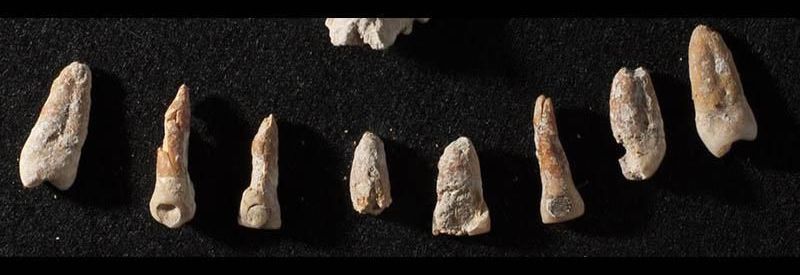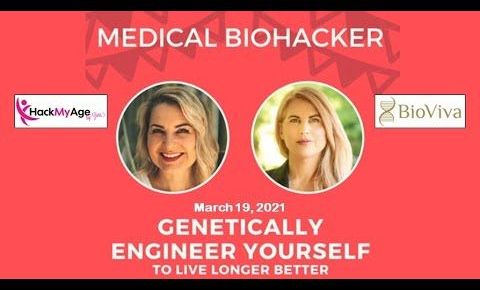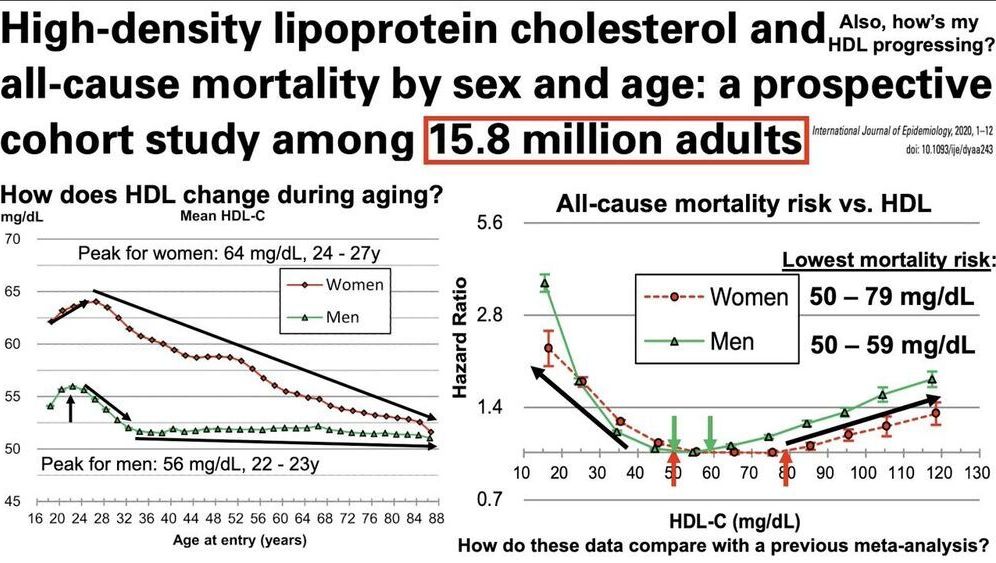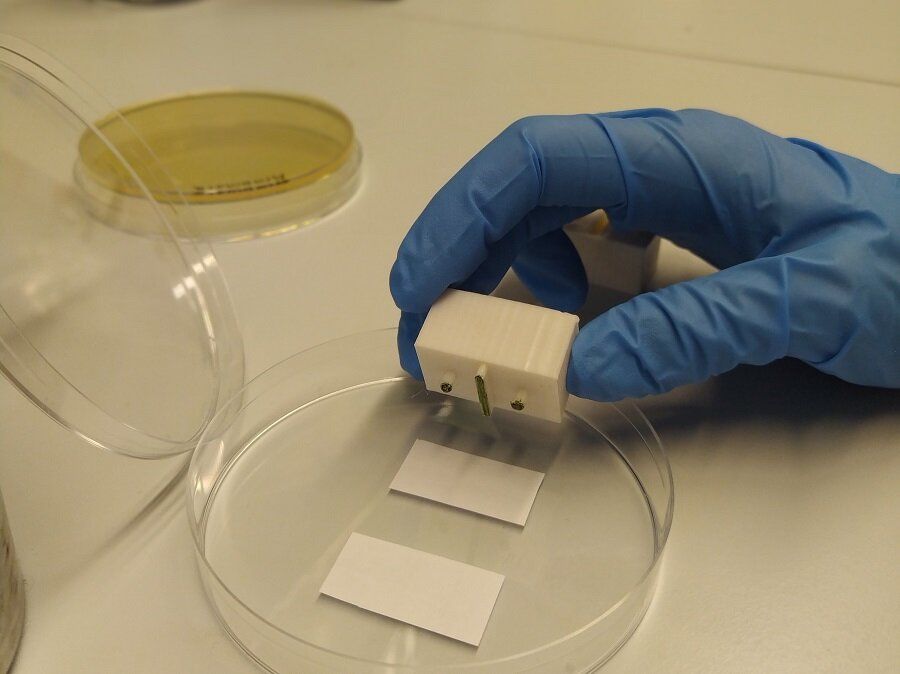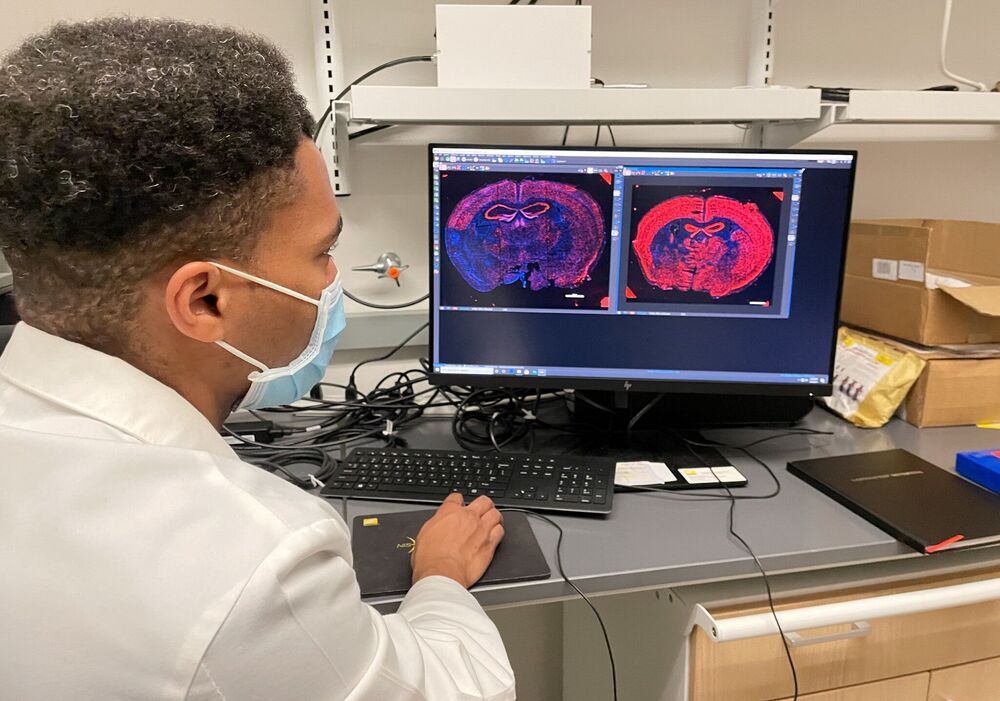The remains reveal that Waal was between 35 and 50 years old when he died. Researchers used techniques including radiocarbon dating, stratigraphy and ceramic typology to determine that people buried him in around 726 A.D., the same year workers built the hieroglyphic staircase, notes Notimerica.
Prior to his death, Waal suffered from a variety of medical ailments. His skull was mildly flattened, and he was malnourished as a child, as evidenced by the “slightly porous, spongy areas known as porotic hyperostosis, caused by childhood nutritional deficiencies or illnesses” on the sides of his head, per the statement.
Scientists also found that infections, trauma, scurvy or rickets had triggered periostitis —chronic swelling and pain—to form in Waal’s arm bones.
